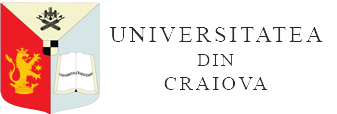OIL CONTENT OF SUNFLOWER GENOTYPES IN YEARS 2020 AND 2021 IN FUNDULEA LOCATION
DOI:
https://doi.org/10.52846/aamc.v52i1.1307Abstract
At NARDI Fundulea, sunflower breeding program is focused for developing sunflower hybrids with high seed oil content, with resistance at main pathogens such as Plasmoparahalstedii, Sclerotiniasclerotiorum, Phomopsishelianthi and with resistance at sulfonylurea herbicides (SU) and to imidazolinone (CL Plus) herbicides.
Temperature and precipitation influence seed oil content of sunflower genotypes in booth years 2020 and 2021, in Fundulea location. The amount of precipitation during the sunflower vegetation period from April to September, in both years 2020 (248.6 mm) and 2021 (273.2 mm), was lower than the 60-year average amount (351.8mm).
Average seed oil content, in year 2020, was included in the values of 48.63% at sunflower experimental hybrid H54CLP in Clearfield Plus system and 51.79% at sunflower experimental hybrid H87SU in Express Sun system and in year 2021, was included in the values of 41.69% at H54CLP and 50.56% at H87SU. Agricultural year (2020, 2021), sunflower hybrid and their interaction, influence significant positive the oil content of seed.
In year 2020 in Fundulea location, pathogen Plasmoparahalstedii has an attack degree between 3% at H76SU, H50CLP and 17% at H54CLP and in year 2021, between 6% at H76SU, H50CLP and 23% at H54CLP.


